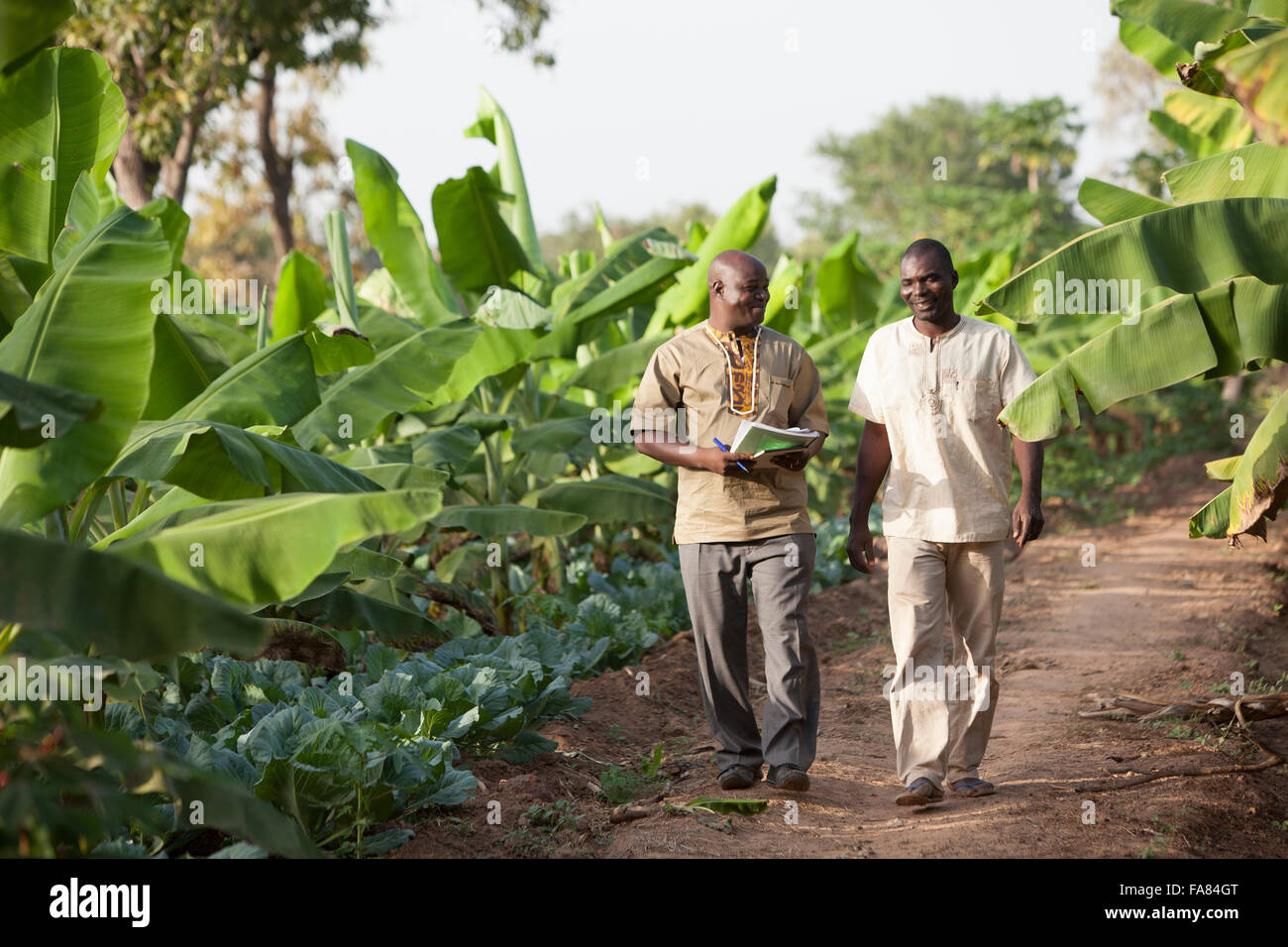Community Resilience and Its Connection to Commercial Farming vs Subsistence Farming
Community Resilience and Its Connection to Commercial Farming vs Subsistence Farming
Blog Article
Checking Out the Distinctions In Between Commercial Farming and Subsistence Farming Practices
The duality between business and subsistence farming techniques is marked by varying objectives, functional ranges, and source usage, each with profound effects for both the atmosphere and culture. Alternatively, subsistence farming highlights self-sufficiency, leveraging conventional methods to sustain house needs while supporting neighborhood bonds and social heritage.
Economic Goals
Financial purposes in farming practices usually dictate the approaches and scale of operations. In industrial farming, the key economic purpose is to make best use of profit.
In comparison, subsistence farming is primarily oriented in the direction of meeting the prompt needs of the farmer's family, with surplus manufacturing being minimal - commercial farming vs subsistence farming. While industrial farming is profit-driven, subsistence farming is centered around sustainability and resilience, reflecting a fundamentally different collection of financial imperatives.

Scale of Operations
When thinking about the scale of operations,The difference between business and subsistence farming ends up being specifically evident. Commercial farming is defined by its large nature, often encompassing comprehensive tracts of land and using advanced equipment. These procedures are normally incorporated into worldwide supply chains, creating substantial quantities of plants or livestock intended available in worldwide and domestic markets. The range of industrial farming enables for economic situations of range, causing lowered prices per system via mass manufacturing, boosted performance, and the capability to purchase technological innovations.
In plain contrast, subsistence farming is generally small, focusing on generating just enough food to meet the immediate needs of the farmer's household or local area. The land location involved in subsistence farming is commonly limited, with much less accessibility to modern innovation or mechanization. This smaller range of procedures mirrors a reliance on standard farming strategies, such as manual labor and basic devices, bring about reduced productivity. Subsistence farms focus on sustainability and self-sufficiency over revenue, with any kind of surplus normally traded or traded within neighborhood markets.
Resource Utilization
Industrial farming, characterized by large-scale procedures, commonly utilizes innovative technologies and mechanization to enhance the usage of resources such as land, water, and plant foods. Precision farming is significantly taken on in business farming, using information analytics and satellite modern technology to keep track of crop health and maximize resource application, more boosting yield and source performance.
In comparison, subsistence farming operates a much smaller scale, primarily to satisfy the immediate demands of the farmer's house. commercial farming vs subsistence farming. Resource utilization in subsistence farming is often restricted by economic restrictions and a reliance on traditional techniques. Farmers typically utilize manual work and natural deposits offered in your area, such as rain and organic compost, to cultivate their crops. The focus is on sustainability and self-direction instead of taking full advantage of result. Subsistence farmers may face difficulties in source administration, consisting of restricted access to improved seeds, fertilizers, and watering, which can limit their company website capacity to boost performance and productivity.
Environmental Influence

Alternatively, subsistence farming, practiced on a smaller sized scale, typically utilizes conventional techniques that are much more in consistency with the surrounding setting. While subsistence farming generally has a reduced ecological impact, it is not without difficulties.
Social and Cultural Effects
Farming practices are deeply intertwined with the social and social material of communities, influencing and go now showing their values, practices, and economic frameworks. In subsistence farming, the focus is on growing enough food to satisfy the immediate demands of the farmer's household, frequently fostering a solid feeling of community and shared duty. Such practices are deeply rooted in local practices, with knowledge gave through generations, therefore maintaining cultural heritage and reinforcing public ties.
Alternatively, commercial farming is mainly driven by market demands and profitability, typically leading to a shift in the direction of monocultures and large operations. This technique can lead to the erosion of typical farming techniques and social identities, as local personalizeds and knowledge are replaced by standard, industrial techniques. Furthermore, the focus on efficiency and profit can occasionally lessen the social cohesion found in subsistence communities, as financial transactions change community-based exchanges.
The dichotomy in between these farming methods highlights the wider social effects of farming choices. While subsistence farming sustains social connection Source and community connection, business farming lines up with globalization and financial growth, often at the price of typical social frameworks and cultural variety. commercial farming vs subsistence farming. Balancing these facets stays a vital obstacle for sustainable farming advancement
Verdict
The examination of industrial and subsistence farming methods exposes significant distinctions in objectives, range, source usage, environmental impact, and social implications. On the other hand, subsistence farming stresses self-sufficiency, making use of local sources and typical methods, thereby promoting social conservation and neighborhood cohesion.
The duality between business and subsistence farming practices is marked by differing purposes, functional scales, and resource application, each with extensive implications for both the atmosphere and culture. While commercial farming is profit-driven, subsistence farming is centered around sustainability and strength, showing a fundamentally different collection of financial imperatives.
The distinction in between commercial and subsistence farming ends up being especially obvious when taking into consideration the scale of procedures. While subsistence farming supports social continuity and neighborhood interdependence, business farming aligns with globalization and economic development, typically at the cost of conventional social structures and social variety.The evaluation of commercial and subsistence farming techniques exposes considerable distinctions in purposes, scale, source use, ecological effect, and social ramifications.
Report this page